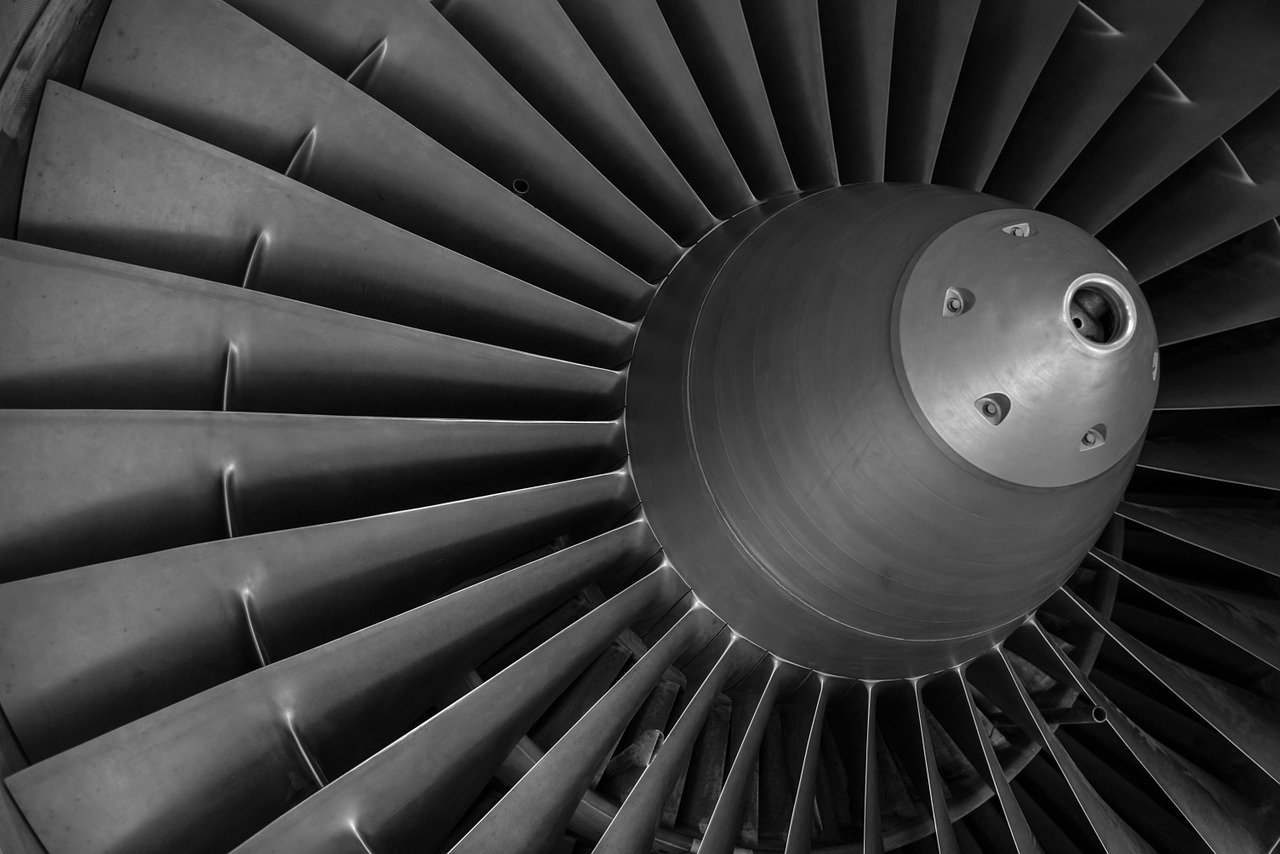This Is What the Next-Gen Aircraft Engine Blades Will Be Like

Aircraft manufacturers and turbine developers are constantly on the look for new ways to squeeze more performance and better fuel economy out of their designs. With the rise of a plethora of technological innovations, especially in software-assisted simulation and the science of materials, new doors for opportunities open up all the time, sometimes unlocking optimizations on things that have remained stagnant for a long time now.
Take engine fan blades for example, that have already reached their optimal shapes and are made of a metal alloy that is considered ideal for the purpose. Now, engineers working on the EU-funded project ‘MORPHO’ have come up with an innovative proposal, to embed printed and fiber optical sensors in the fan blades, making each of them “smart” in a sense.
These next-gen blades will feature a 3D-woven composite core with the leading edge that needs more strength being made of titanium. This would reduce inertia and weight while still retaining high levels of strength and resistance to fractures.
Thanks to the embedded sensors in each blade, if one is hit by a foreign object and suffers a fracture, service technicians or even pilots in the cockpit would get an alert about it. The MORPHO team also points out that the benefits of these “cognitive abilities” for the next-gen blades can be reaped as soon as they leave the manufacturing line, as their design, shape, and material quality can be easily validated.
And finally, there’s the aspect of recycling and the impact that manufacturing aircraft engines has to the environment. MORPHO’s proposal takes care of that part too, presenting laser-induced disassembly combined with pyrolysis to recycle the parts that have reached their end of service life, and then use the raw materials to build new fan blades.
The project will continue to refine its technological proposal until September 2024 when it is scheduled to end, but until then, stakeholders in aerospace engineering will hopefully be engaged and convinced to adopt some novelties from MORPHO’s proposal for the safety of the passengers and the environment.

 Tech Steel & Materials
Tech Steel & Materials